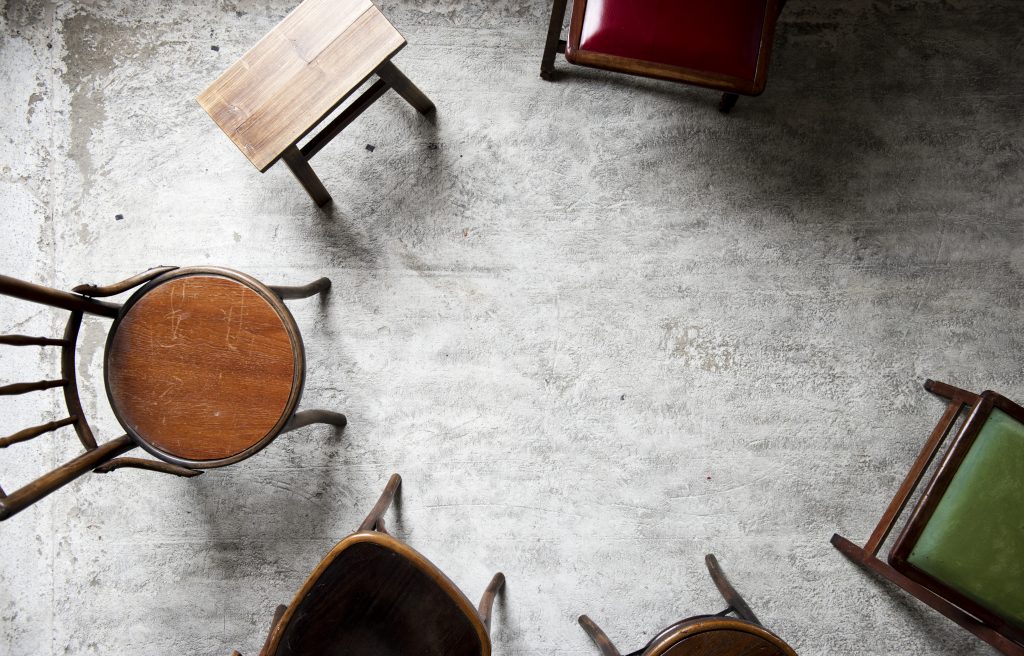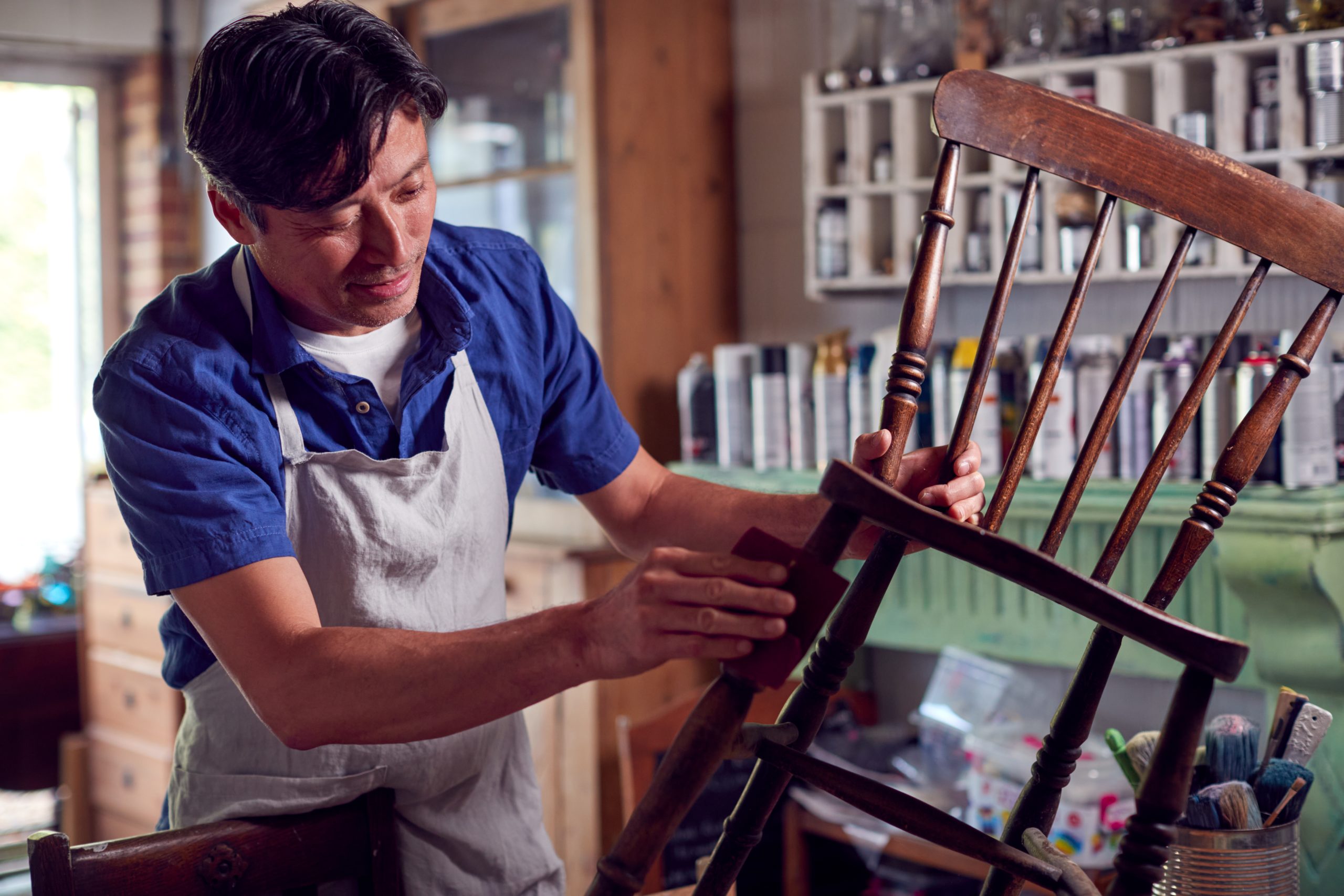In the world of interior design, classic furniture stands as a beacon of timeless elegance, transcending trends and fads. From the cherished dining tables where families gather to the iconic couches that invite relaxation, classic furniture pieces carry a rich heritage. This comprehensive guide explores the diverse landscape of classic furniture services, from discovering the perfect piece at a local classic store to the artistry involved in furniture restoration. Join us on a journey through the world of classic furniture, where each piece tells a story, and every service contributes to the preservation of timeless beauty. We’ll also discuss how antique furniture adds value to your home, and how to properly restore classic antique furniture.
Classic Furniture Styles: A Symphony of Timeless Design
1. Traditional American Classics:
– Classic Home Dining Table: Crafted with precision and adorned with intricate details, the classic home dining table exemplifies the enduring appeal of traditional American classics. These tables are more than furniture; they are witnesses to countless family gatherings, celebrations, and shared meals.
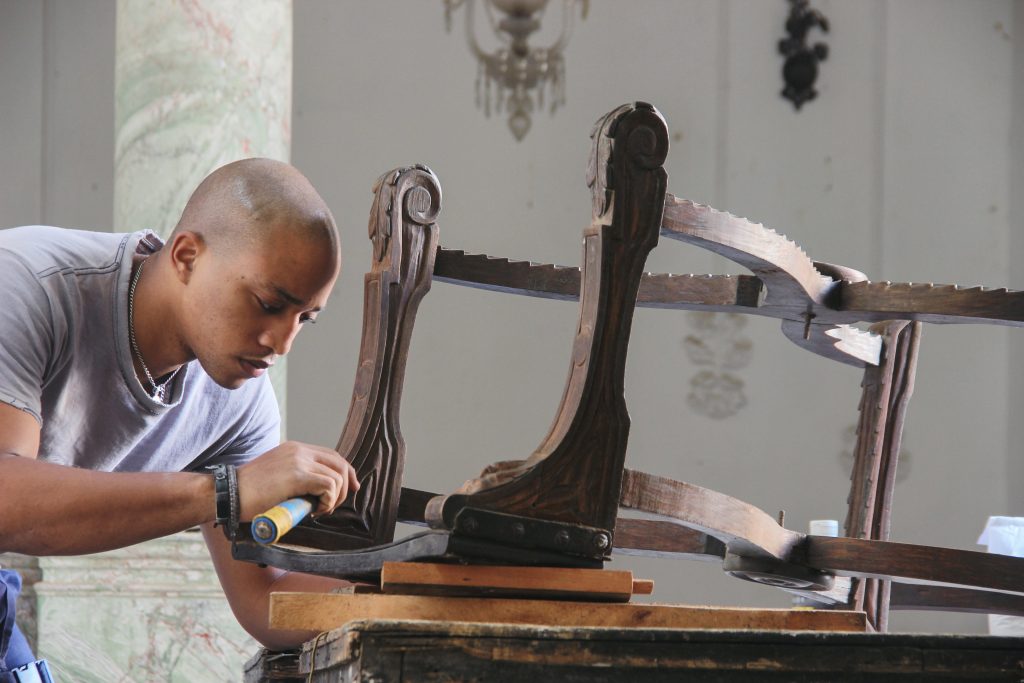
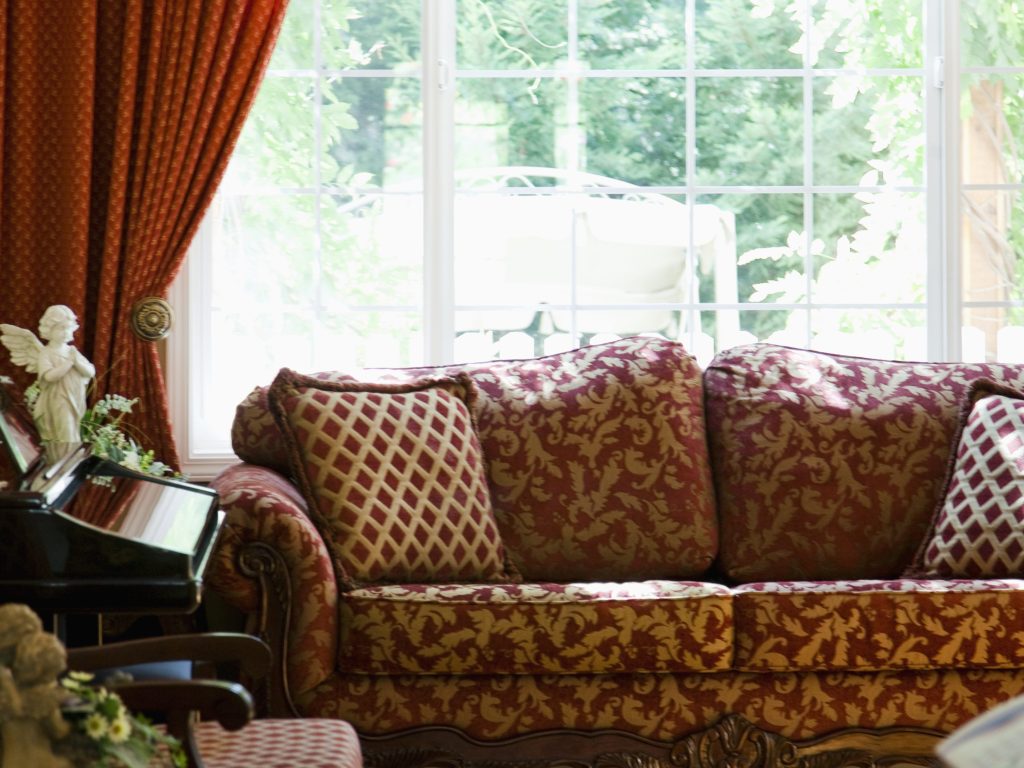
– Classic Couches: Plush upholstery, rolled arms, and tufted detailing characterize classic couches. These pieces draw inspiration from the rich tapestry of American furniture history, offering a harmonious blend of comfort and sophistication that often times is the centerpiece of your home.
– Classic Bedroom Furniture: The bedroom transforms into a sanctuary with classic bedroom furniture. From ornate bed frames to finely crafted dressers, these pieces embody timeless luxury with intricate carvings, rich finishes, and a commitment to quality materials.
2. Modern Takes on Classic Styles:
– Modern Traditional Furniture: Balancing nostalgia with contemporary sensibilities, modern traditional furniture reinvents timeless aesthetics. This style incorporates clean lines, neutral color palettes, and innovative materials while preserving the essence of classic forms.
– Classic Modern Furniture: Embracing the principles of modern design while paying homage to classic forms, classic modern furniture represents a harmonious fusion of the old and the new. Clean lines, minimalistic details, and a focus on functionality define this style.
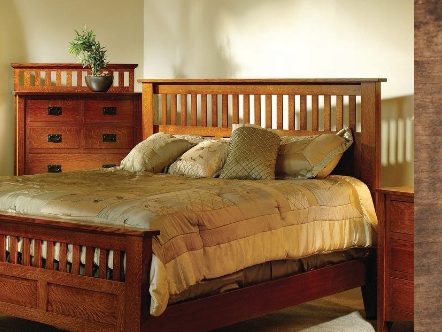
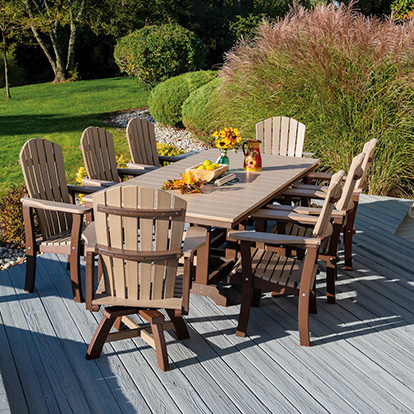
3. Classic Outdoor Furniture:
– Summer Classics: Bridging the gap between indoor luxury and outdoor comfort, Summer Classics offers a range of outdoor furniture that combines durability with classic design. From loungers to dining sets, these pieces withstand the elements while providing a timeless aesthetic.
– Casual Classics Outdoor Furniture: Blurring the lines between casual comfort and enduring style, casual classics outdoor furniture invites relaxation in the open air. With a focus on weather-resistant materials and classic silhouettes, these pieces create inviting outdoor retreats.
4. Classic Home Decor:
– Classic Home Furnishings: A diverse array of decor elements falls under the umbrella of classic home furnishings. From elegantly framed mirrors to intricately designed accent chairs, these pieces contribute to creating a cohesive and timeless ambiance within the home.
– Villa by Classic Home: Embracing rustic elegance, Villa by Classic Home brings a touch of Old World charm to modern interiors. With a focus on natural materials and artisanal craftsmanship, Villa by Classic Home captures the essence of timeless living.
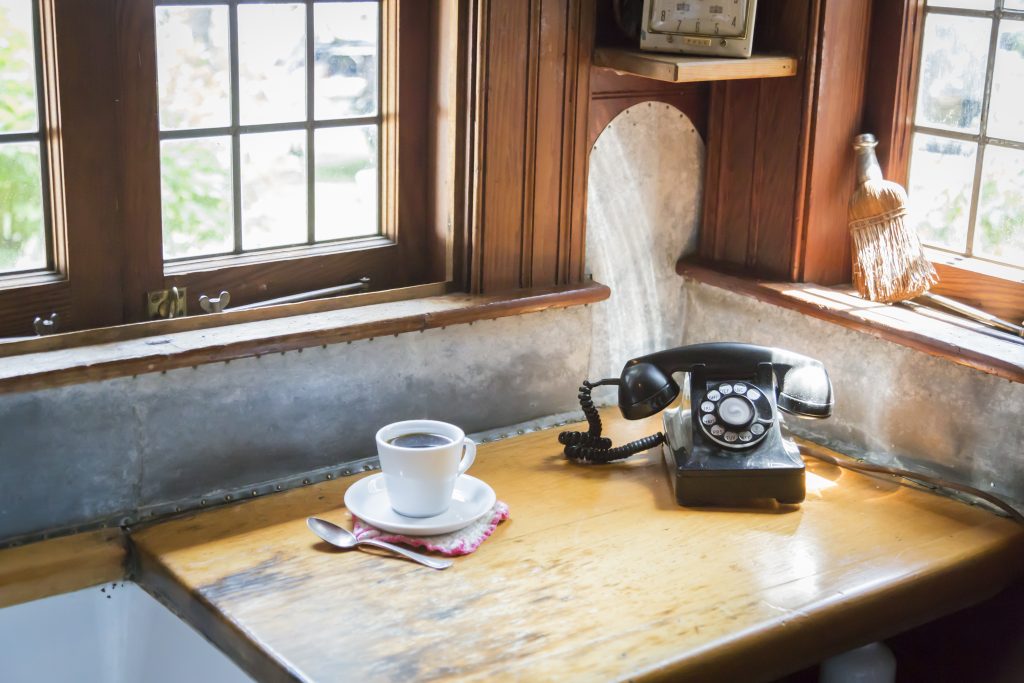
Classic Furniture Services: Nurturing Time-Honored Pieces
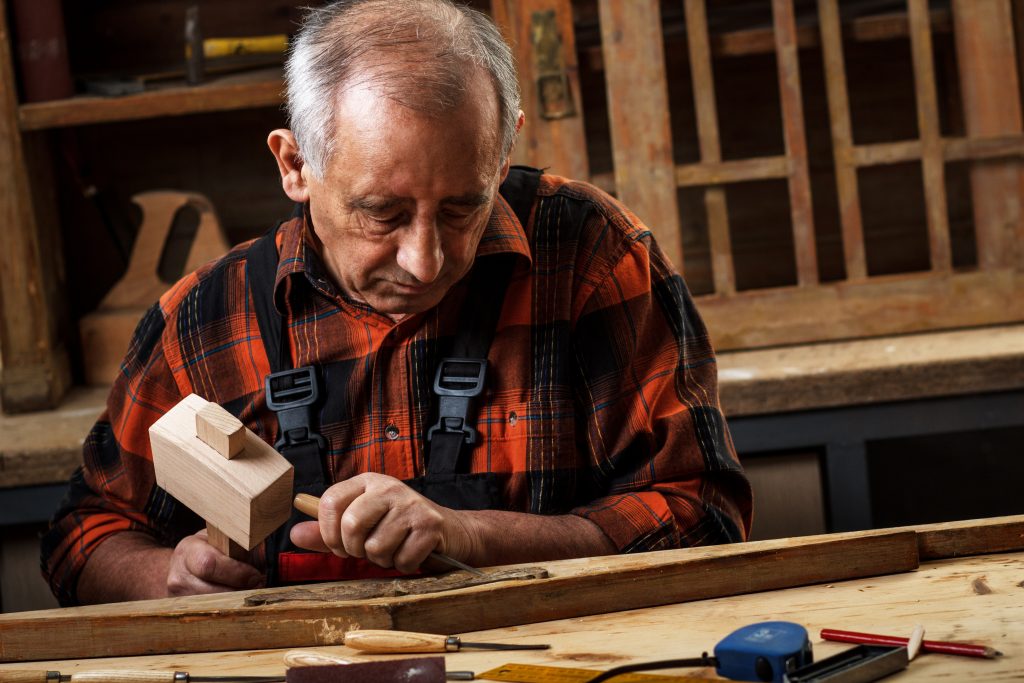
1. Local Furniture Repair Services:
– Local furniture repair services play a vital role in preserving classic pieces. These services specialize in repairing structural issues, refinishing surfaces, and ensuring that each piece retains its originality.
– Gallery Furniture Restoration: Galleries dedicated to furniture restoration showcase the transformative power of skilled craftsmanship. From repairing intricate carvings to matching historical finishes, these restoration experts breathe new life into classic pieces.
2. Legacy and Tradition:
– Legacy Furniture: As a testament to craftsmanship and tradition, legacy furniture holds a special place in the hearts of collectors. Whether it’s a legacy kids’ furniture collection or a carefully preserved antique, these pieces carry stories from one generation to the next.
– Creative Classics Furniture: Melding creativity with classic design, Creative Classics Furniture adds a contemporary twist to timeless aesthetics. This fusion of innovation and tradition results in pieces that stand the test of time and contribute to the evolving narrative of classic furniture.

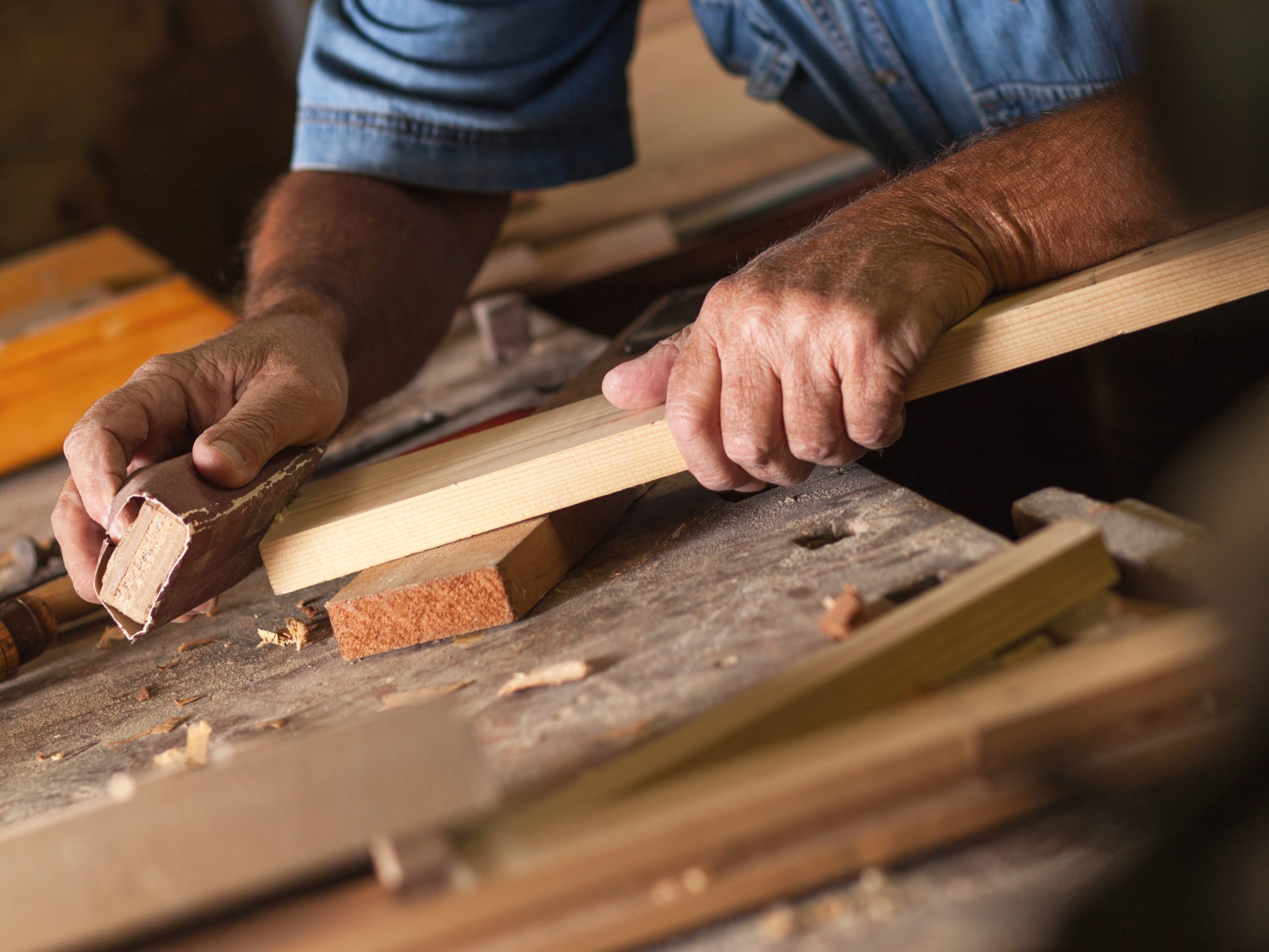
3. Preserving the Essence:
– Classic Furniture Essentials: From classic tables to couches, certain pieces are considered essentials in the world of timeless design. Preserving the essence of these essentials through restoration ensures that their beauty and functionality continue to enrich living spaces for years to come.
– Furniture Restoration and Preservation: The restoration process involves a delicate balance between repairing structural issues and preserving the character of each piece. Through careful attention to detail, furniture restoration professionals contribute to the ongoing legacy of classic furniture.
How does antique furniture enhance your home’s value?
In the fast-paced world of ever-changing design trends, there’s a timeless elegance that comes with incorporating antique furniture into your home. Beyond the aesthetic appeal, antique furniture has the unique ability to add significant value to your living space. Let’s explore how these cherished pieces from the past can contribute to the overall value and charm of your home.
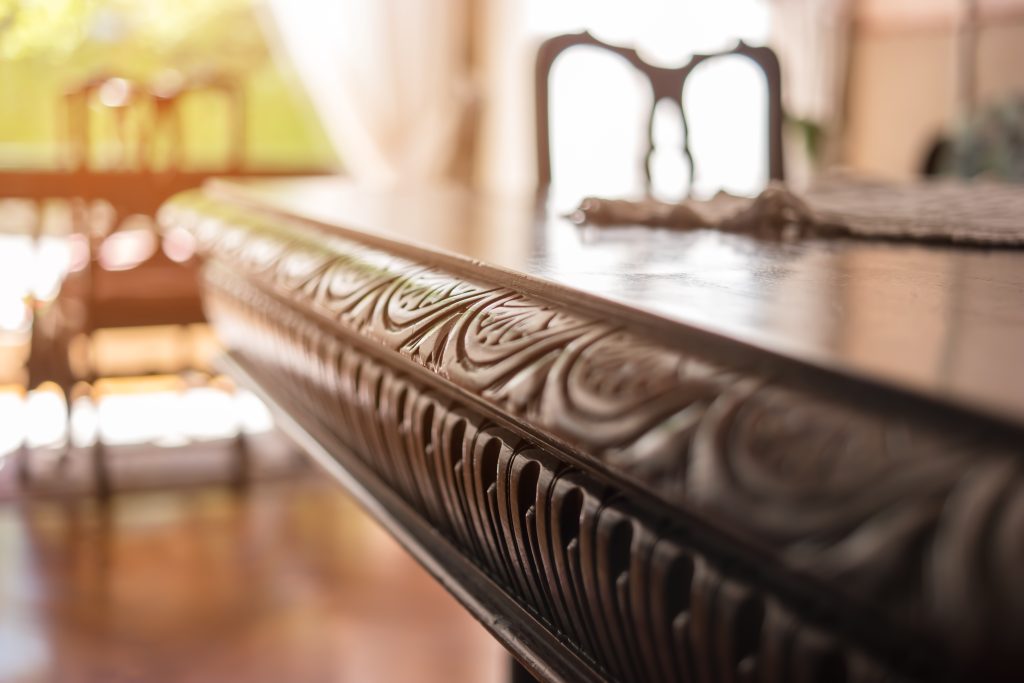
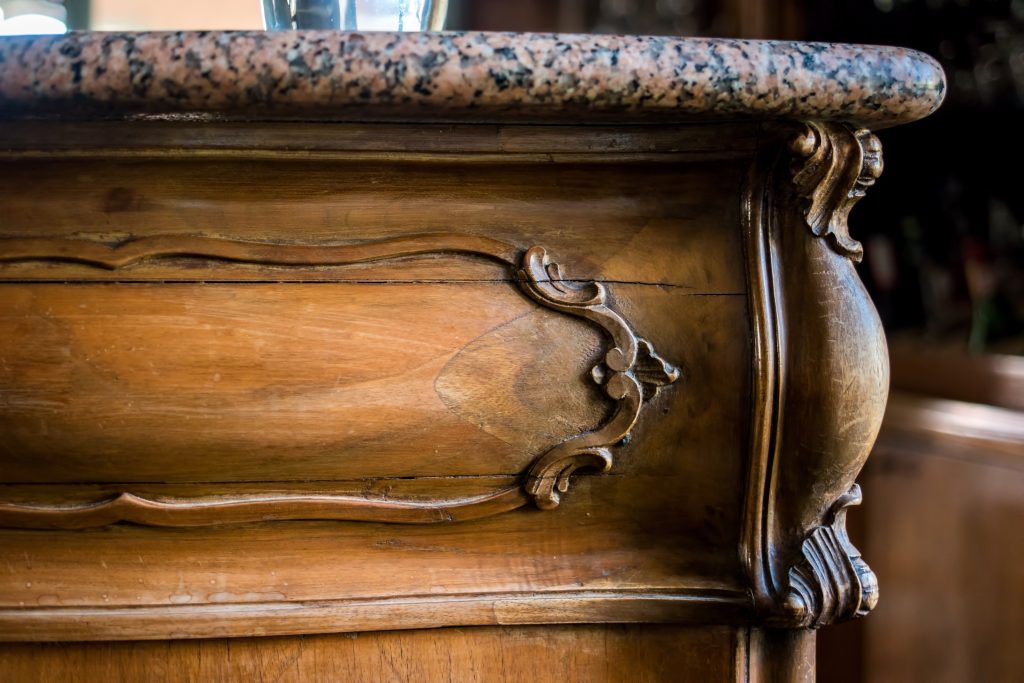
1. Unparalleled Craftsmanship:
Antique furniture often showcases unparalleled craftsmanship that is hard to replicate in mass-produced modern pieces. Each hand-carved detail, dovetail joint, and carefully chosen wood speaks to a level of artistry and quality that can be absent in contemporary furniture. These timeless pieces stand as a testament to the skill and dedication of artisans from bygone eras.
2. Investment in History:
Antique furniture isn’t just functional; it’s a tangible piece of history. Owning a carefully preserved antique can connect you to a specific period, style, or even an individual craftsman. The sense of history and heritage that comes with antique pieces adds a unique layer of value, making your home more than just a living space—it becomes a curated collection of stories.
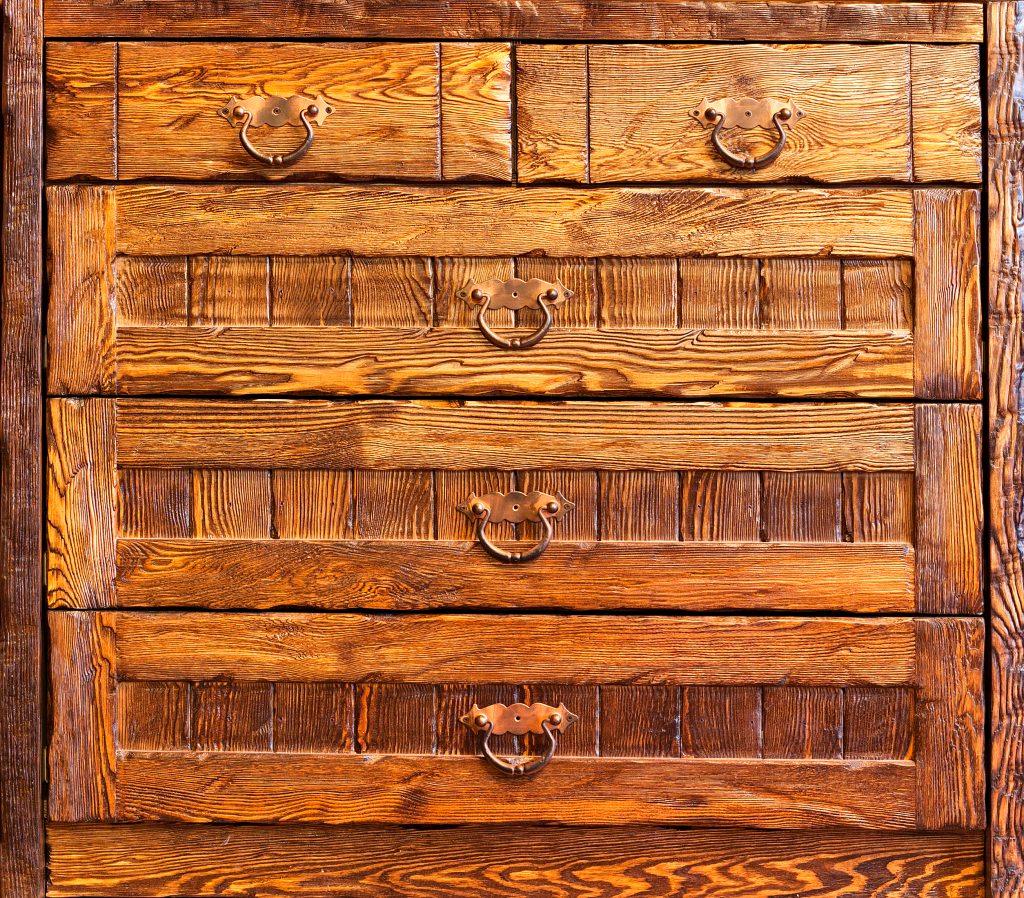

3. Distinctive Aesthetics:
Antique furniture introduces a distinctive aesthetic that can set your home apart. Whether it’s a regal Victorian armchair, a rustic farmhouse table, or the clean lines of mid-century modern furniture, these pieces carry a charm and character that can’t be replicated with mass-produced items. They become focal points that draw attention and admiration.
4. Sustainability and Eco-Friendliness:
In an era where sustainability is a growing concern, antique furniture is an eco-friendly choice. By opting for pieces with a history, you’re contributing to the preservation of craftsmanship and reducing the demand for new materials. It’s a stylish way to embrace the ethos of “reduce, reuse, recycle.”


5. Value Appreciation:
Unlike modern furniture that might depreciate over time, well-maintained antique furniture has the potential to appreciate in value. Certain styles and periods are highly sought after by collectors, making antique pieces a potential investment. As the years pass, your collection could become not only a source of aesthetic pleasure but also a valuable asset.
6. Versatility and Adaptability:
Antique furniture pieces are remarkably versatile and can be seamlessly integrated into various design styles. Mixing these timeless items with contemporary decor creates a unique, curated look that tells a story of design evolution. The adaptability of antique furniture ensures that it remains relevant and stylish across changing trends.
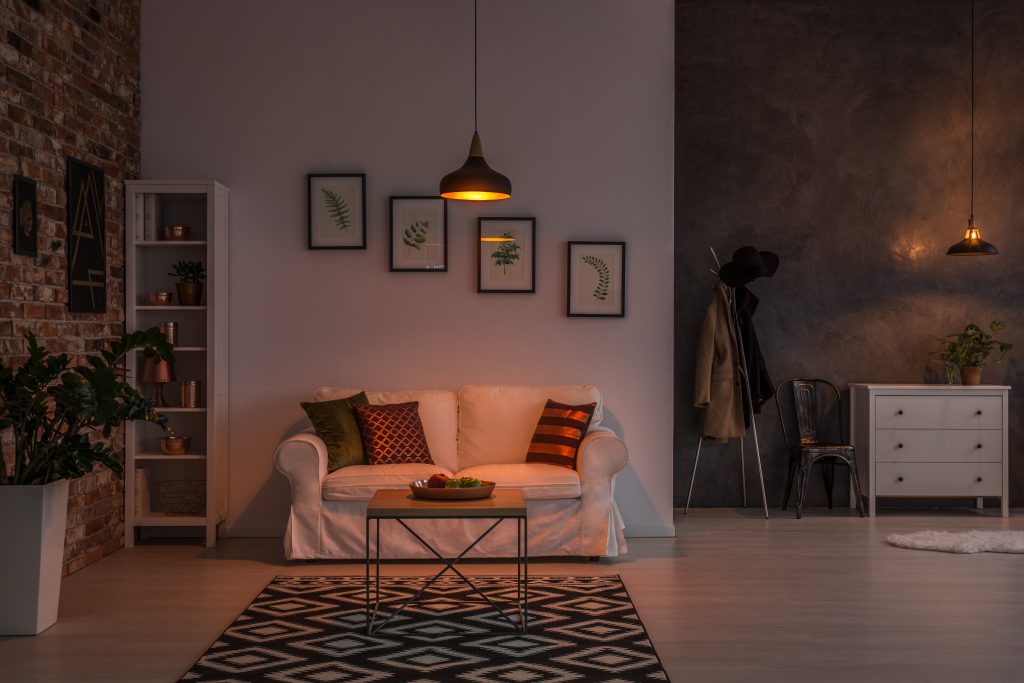

Incorporating antique furniture into your home isn’t just a nod to the past; it’s an investment in timeless beauty and enduring value. These pieces bring a sense of history, unmatched craftsmanship, and a unique aesthetic that can elevate the overall ambiance of your living space. As your home becomes a haven for both functionality and artistry, the value of antique furniture becomes not just monetary but immeasurable in the enrichment it brings to your daily life. Embrace the allure of the past, and watch as your home transforms into a timeless sanctuary.
Restoring Elegance: A Guide to Properly Restore Classic Antique Furniture
Antique furniture possesses a unique charm and history, but with the passage of time, these timeless pieces may start showing signs of wear and tear. The good news is that with proper care and attention, you can breathe new life into your classic treasures through the art of restoration. In this guide, we’ll walk you through the steps to ensure your antique furniture receives the love and restoration it deserves.
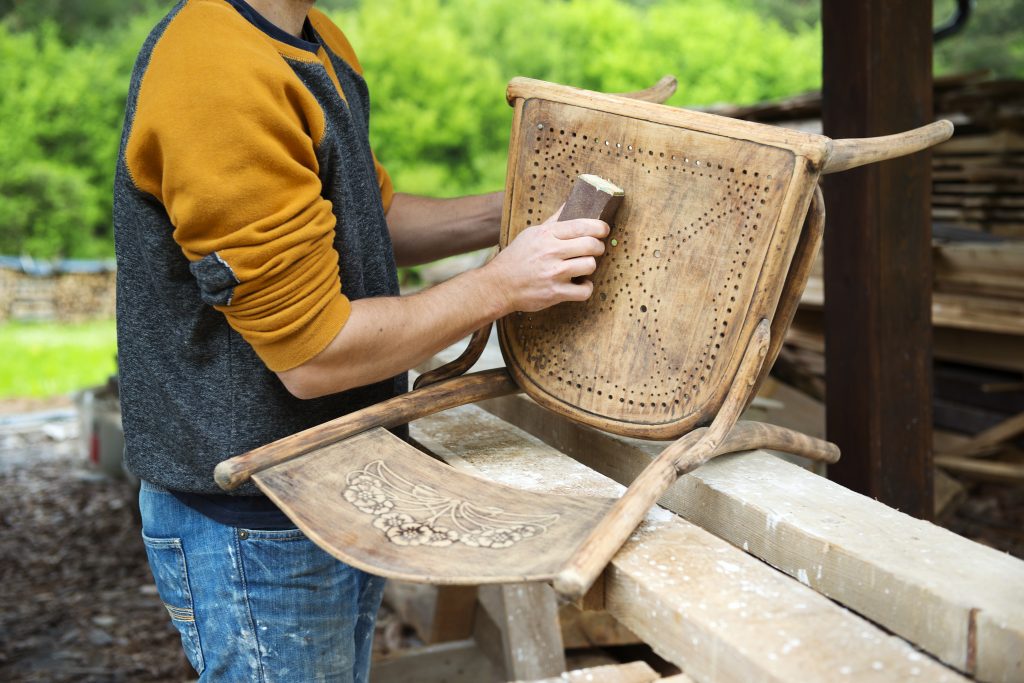
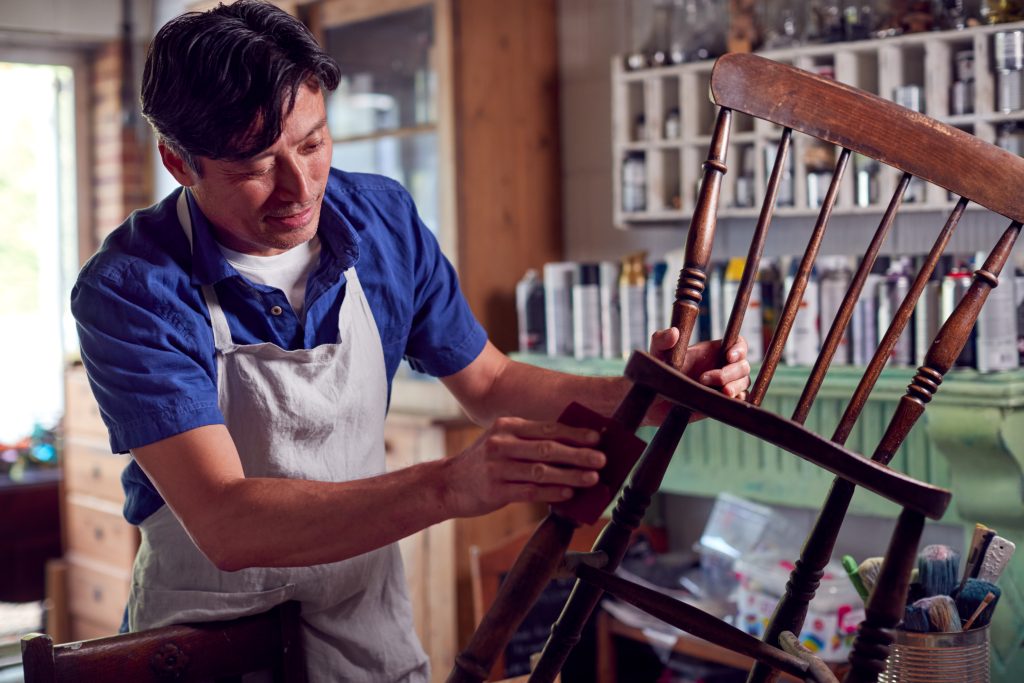
1. Assess the Condition:
Before diving into restoration, carefully assess the condition of the furniture. Take note of any loose joints, missing parts, scratches, or damaged finishes. Understanding the extent of the restoration needed will help you plan the process more effectively.
2. Clean with Care:
Start by gently cleaning the surface of the furniture using a mild solution of soap and water. Avoid harsh chemicals or abrasive cleaners that could damage the wood or finishes. For intricate carvings or details, use a soft brush to remove dirt and dust. Having an expert who knows what certain cleaners to use on the specific surface is import to maintain the integrity of the piece.

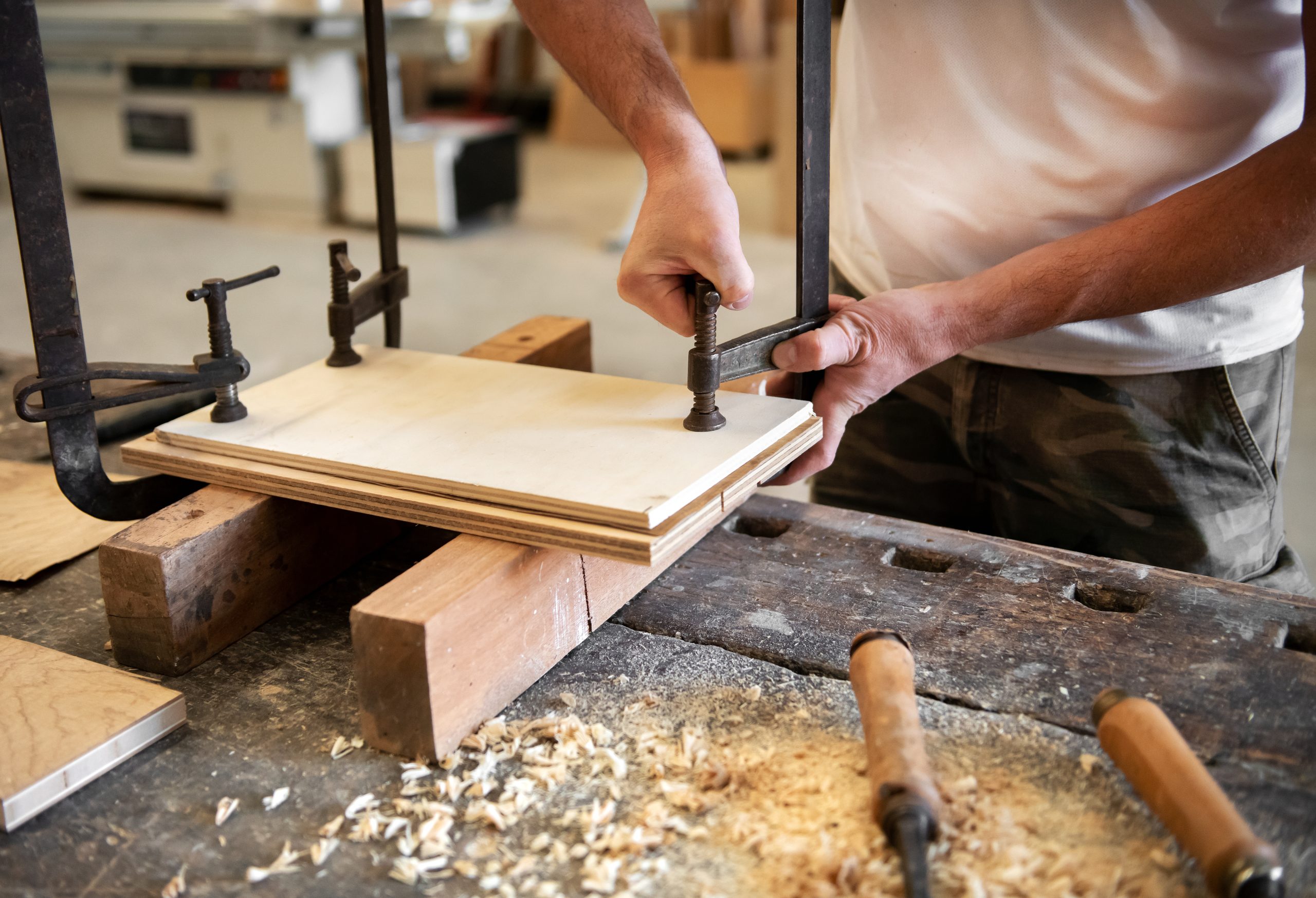
3. Repair Structural Issues:
Address any structural issues, such as loose joints or broken parts, before moving on to cosmetic restoration. Consider using wood glue for joint repairs and ensure a tight fit. For missing or irreparable parts, consult with a professional restorer to discuss potential solutions.
4. Strip Old Finishes:
If the furniture has layers of old varnish or paint, consider stripping them to reveal the natural beauty of the wood beneath. Use a gentle chemical stripper, following the manufacturer’s instructions, and take your time to avoid damaging the wood. Sanding may also be necessary to achieve a smooth surface.

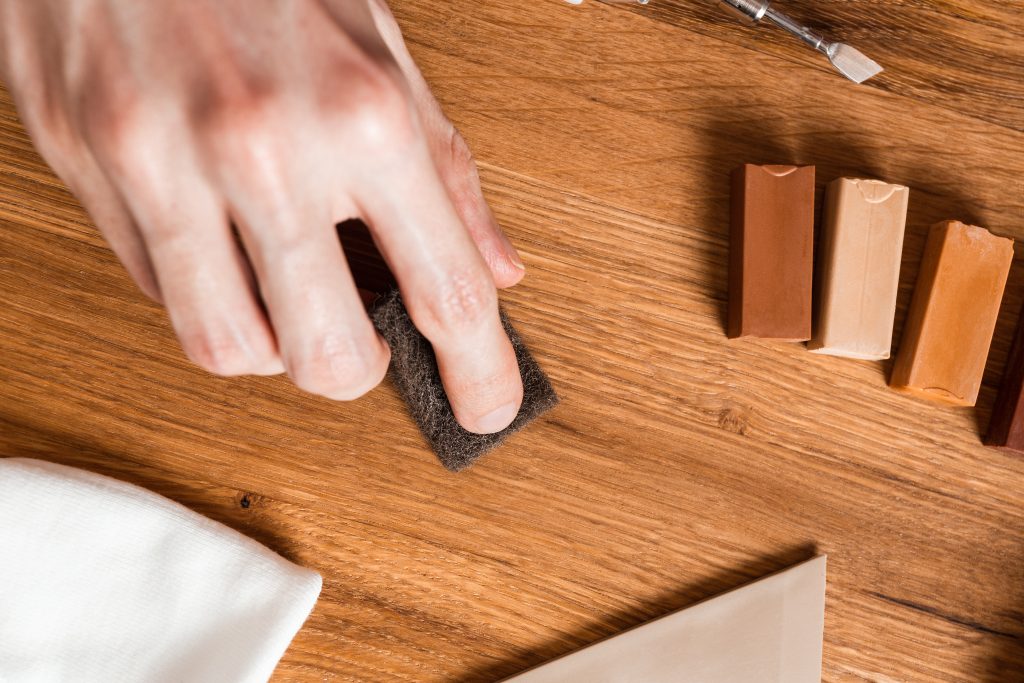
5. Match Stains and Finishes:
Choosing the right stain is crucial to match the original color of the piece. Test stains on an inconspicuous area first to ensure a good match. Once you’ve found the right hue, apply it evenly and allow it to dry completely before applying a protective finish. Consider using a clear varnish or wax to seal the wood and protect it from future damage.
6. Preserve Original Hardware:
Whenever possible, preserve and restore the original hardware of the piece. Clean metal components with a gentle metal polish, and consider professional restoration for intricate or delicate pieces. If hardware is missing or irreparable, try to find authentic replacements that match the style and era of the furniture.
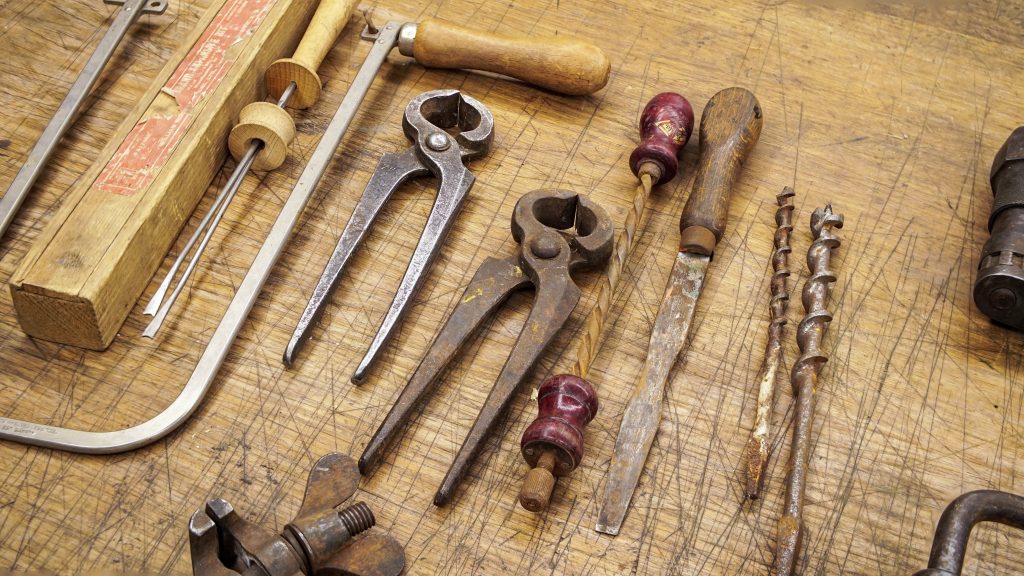

7. Upholstery Renewal:
For furniture with fabric elements, such as chairs or sofas, carefully inspect the upholstery. Repair or replace worn-out fabric, padding, or springs. Ensure that the new upholstery complements the era and style of the piece.
8. Patina Preservation:
Embrace the patina, the natural aging of the wood, as it adds character to antique furniture. Avoid over-sanding or stripping, as this can remove the unique features that make the piece distinctive. A well-preserved patina enhances the authenticity and value of the furniture.
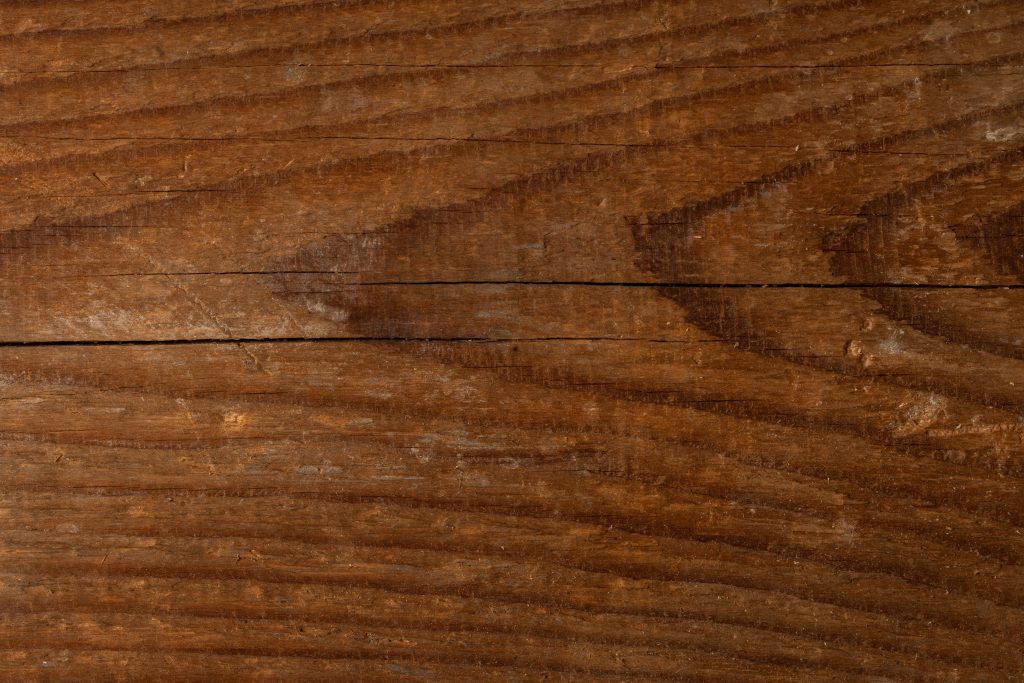

9. Consult Professionals:
If you’re uncertain about certain aspects of the restoration process or if the piece holds significant value, consider consulting with professional antique restorers. They can provide guidance, expertise, and often have access to specialized materials to ensure an authentic restoration.
Restoring classic antique furniture is a labor of love that requires patience, attention to detail, and a deep appreciation for the craftsmanship of the past. By following these steps and approaching the process with care, you can revive your cherished pieces, allowing them to once again stand as testaments to the enduring beauty of classic design. Remember, a well-restored antique not only adds aesthetic value but also preserves a piece of history for generations to come.

Conclusion: Celebrating the Timeless Journey of Classic Furniture
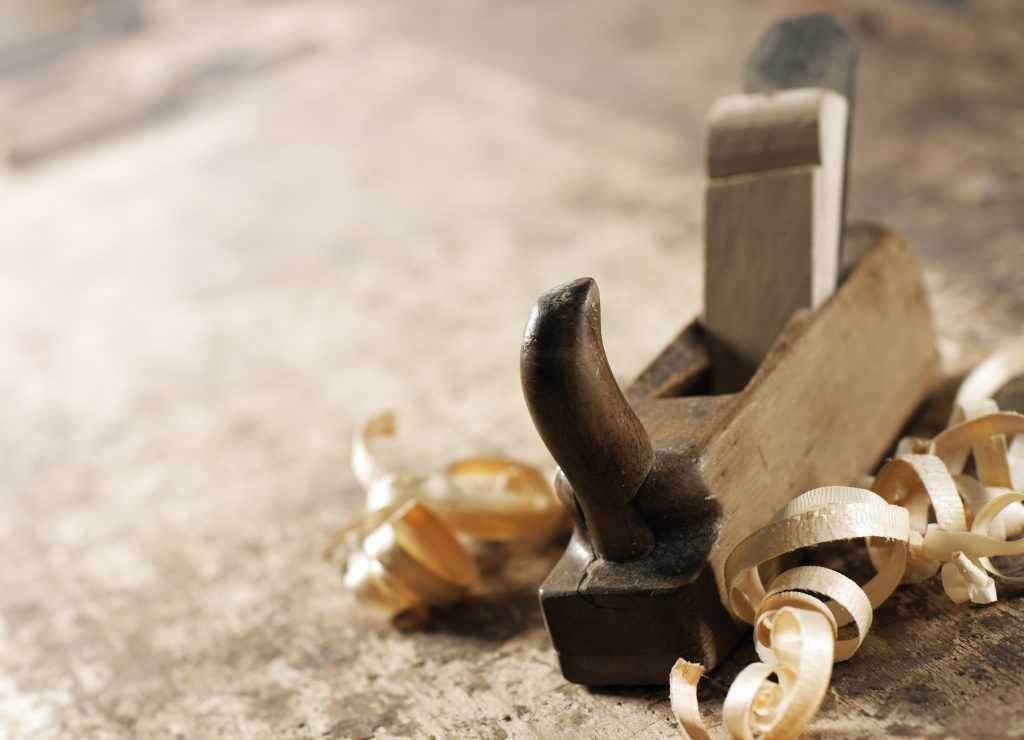
In the world of classic furniture, every piece tells a story—a story of craftsmanship, tradition, and enduring beauty. Whether it’s a classic home dining table where memories are made or a meticulously restored legacy piece, each item contributes to the rich tapestry of our lives.
Classic furniture services play a pivotal role in nurturing this timeless journey. From local discoveries at classic stores like Mary Jane’s Solid Oak Furniture to the artistry involved in furniture restoration, these services ensure that classic pieces remain not just artifacts but living testaments to the enduring allure of timeless design.
As we navigate the diverse landscape of classic furniture, we celebrate the essence of each piece—the curves, the carvings, and the craftsmanship that stand as a testament to a bygone era. Through preservation, restoration, and a continued appreciation for classic styles, we ensure that the journey of these pieces extends far beyond their creation, enriching homes and hearts for generations to come.
